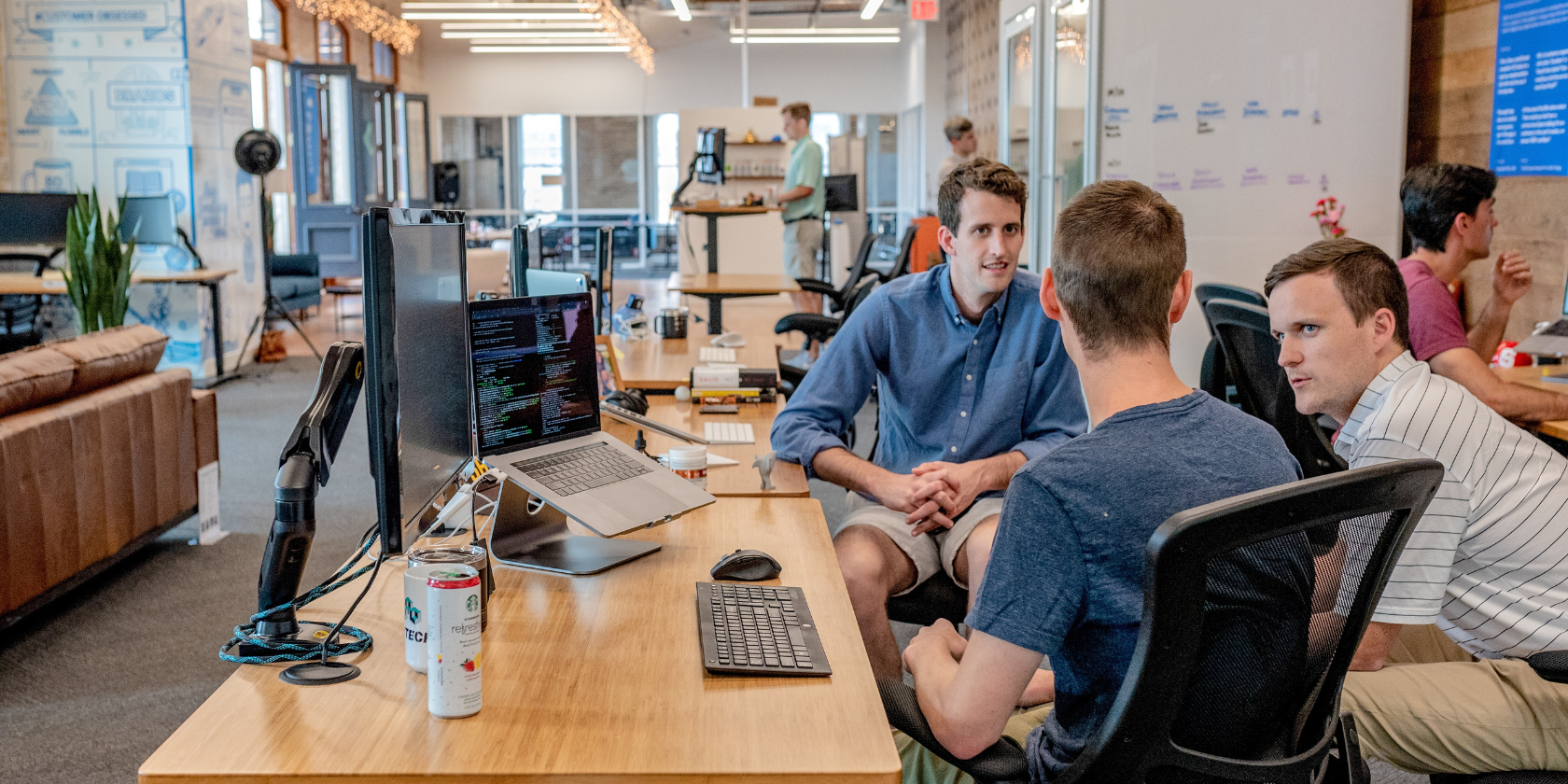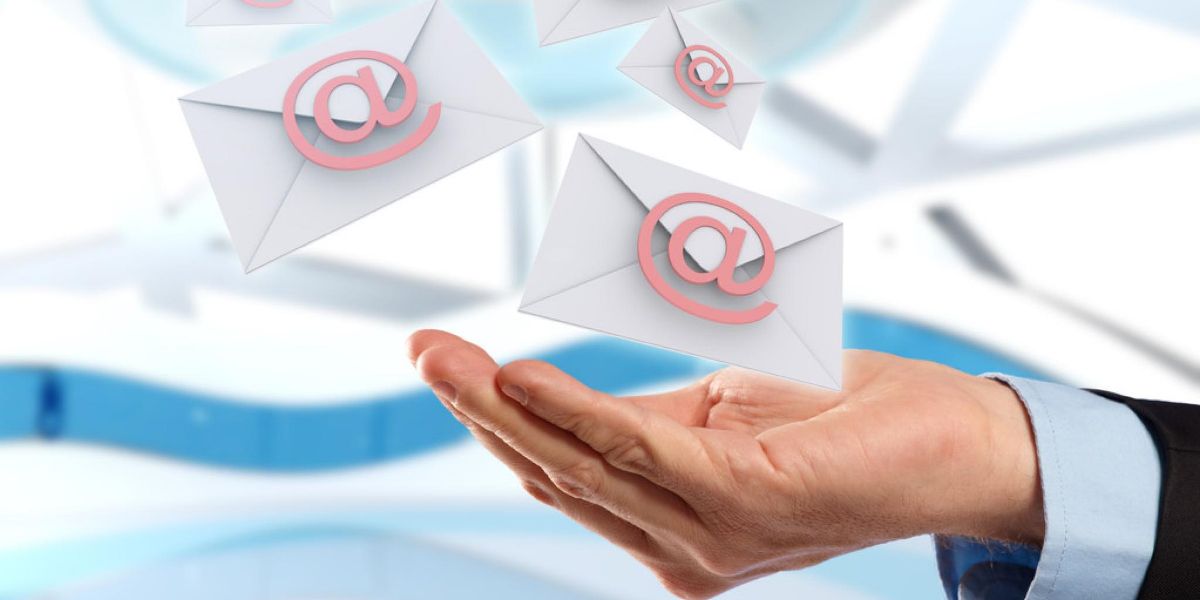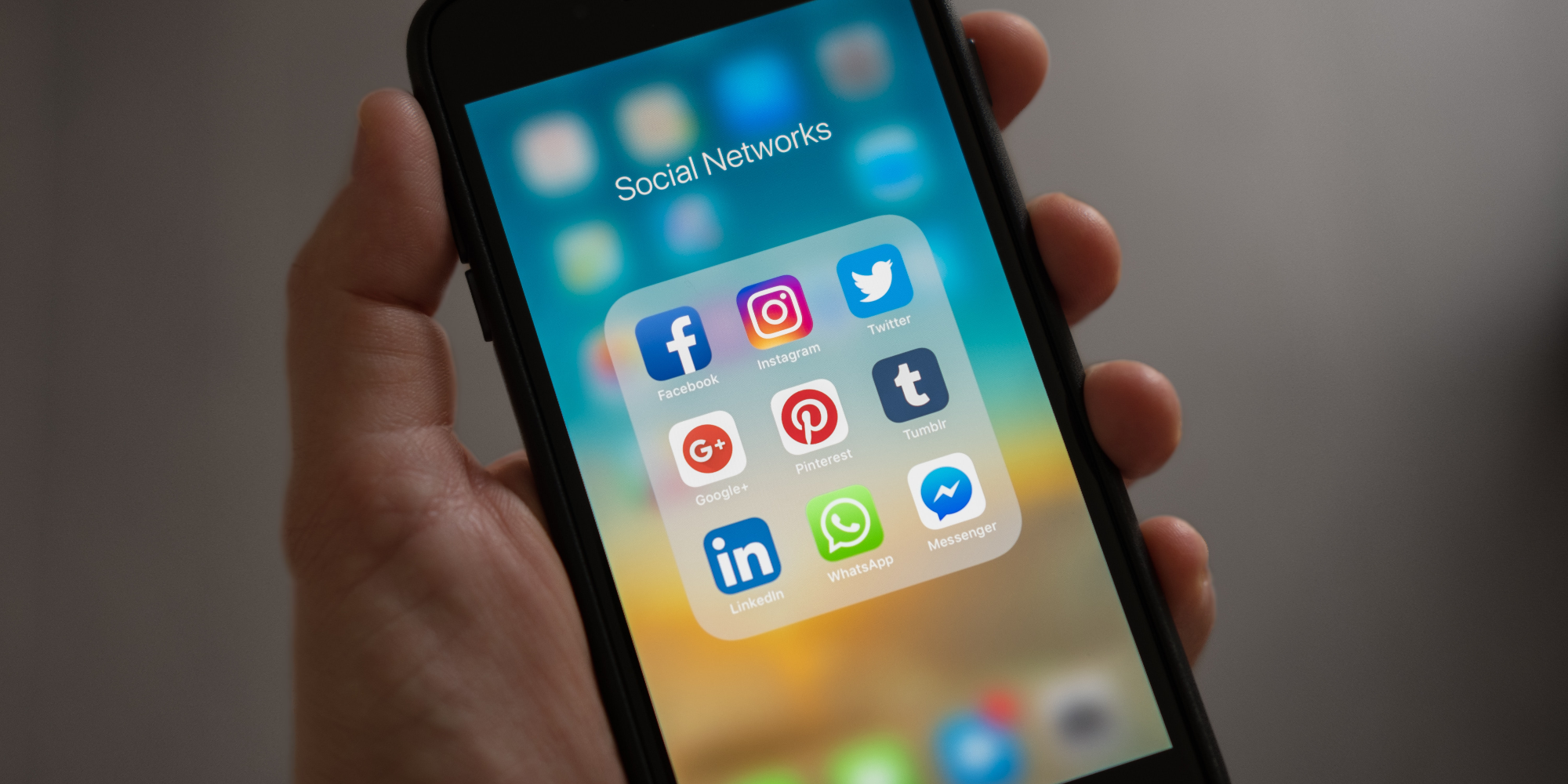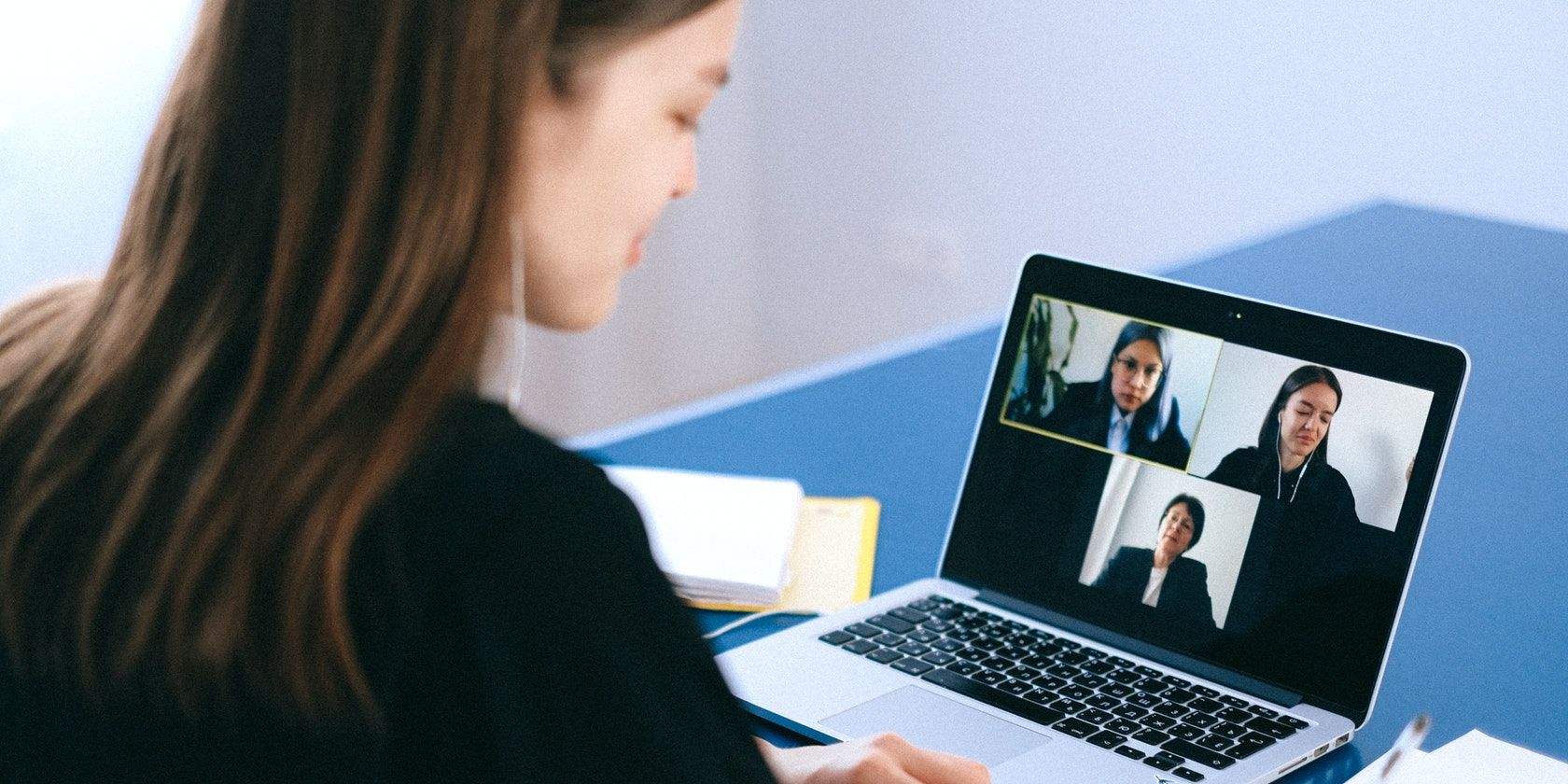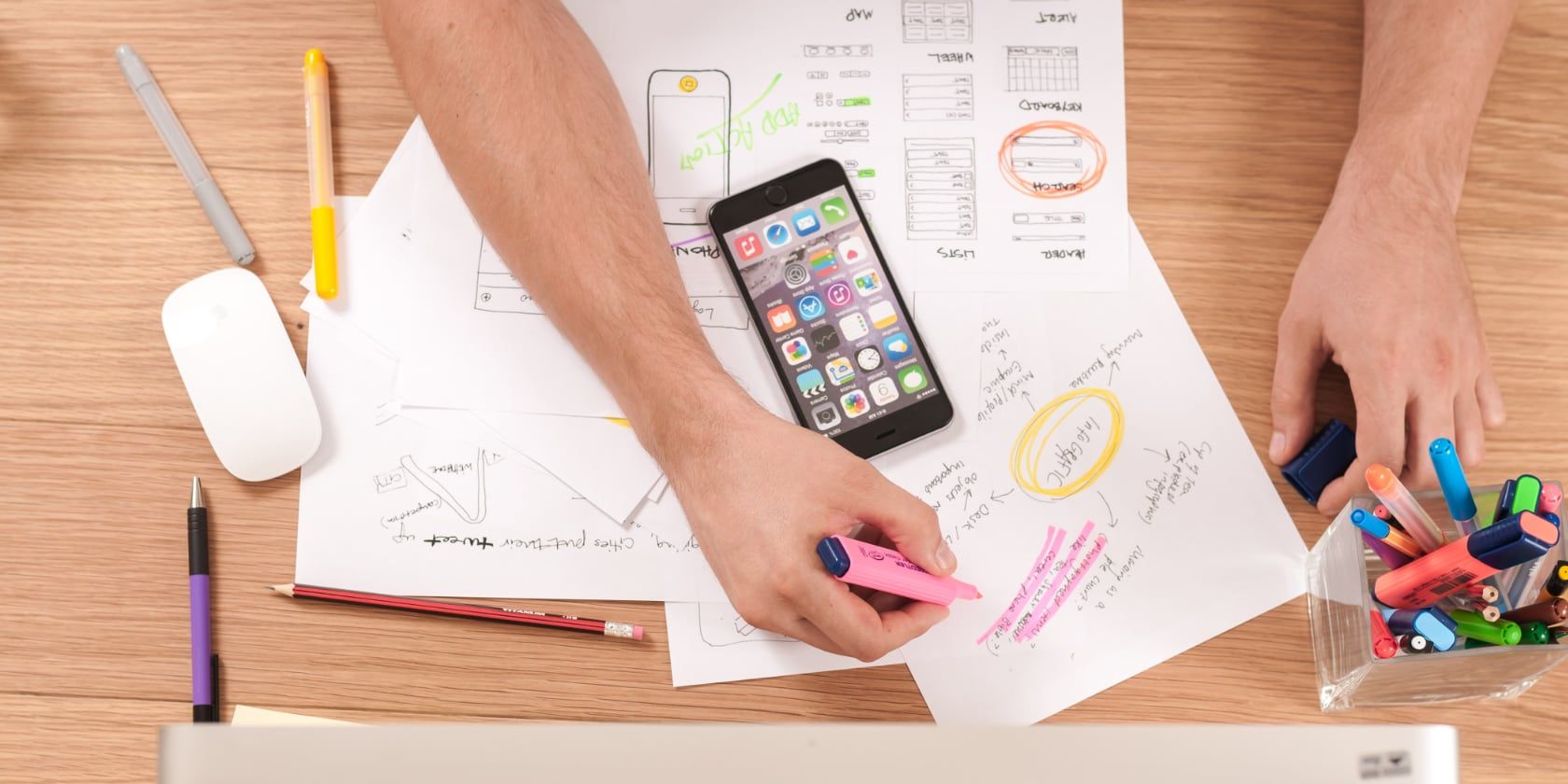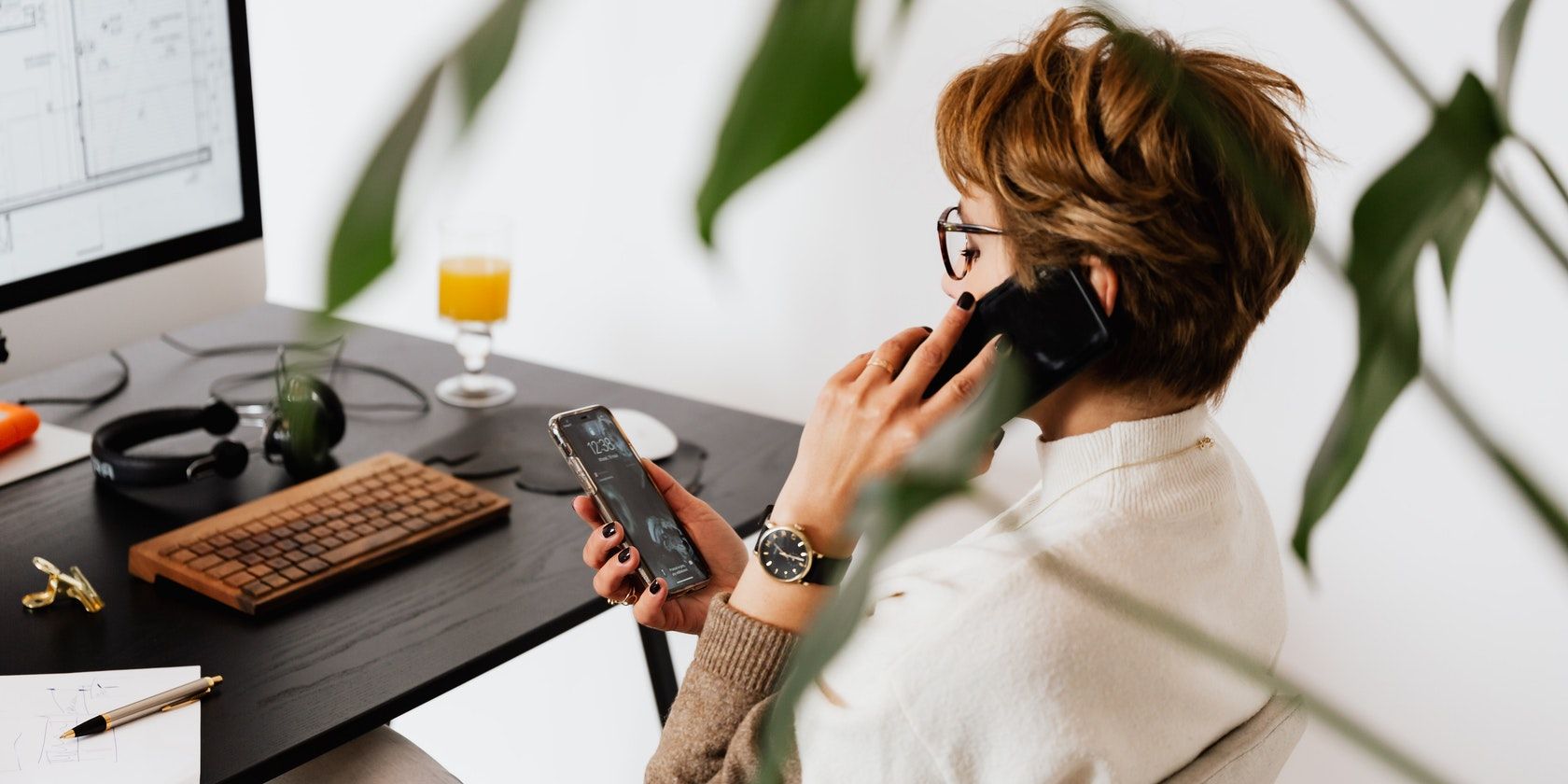Being consistently productive is already hard, and our shrinking attention spans only make this job harder. Workplace distractions are one of the biggest reasons for poor performance.
While some of us are able to ignore distractions easily, others need help to block them out to remain productive. Here are some common workplace distractions and ways to avoid them.
1. Noisy Office
Workplaces are often filled with noise. It could be your coworkers chatting, the typing of keyboards, the beeping office printer, or the construction work in the next building.
All these can reduce your focus and increase stress, making it hard to perform. If your office doesn't have a quieter room you can go to, then buying a pair of Active Noise Cancellation headphones can be a great investment.
With the ANC feature turned on, you can block out most, if not all, of the surrounding noise at your workplace. While you're at it, you can also try playing ambient and white noise tracks to drown out any background humming to regain focus.
2. Emails and Messages
At work, you’re expected to be available online throughout the workday to communicate with your team or answer clients' emails. However, constantly getting off the current task to respond to emails or messages can be challenging to get back into the zone.
A study shows that constant interruptions not only make it hard to regain focus, but also increase your chances of making mistakes. So, it's important to set a time to respond to a chunk of unread messages and emails at once instead of doing it instantly.
Another way to deal with these distractions is by turning off the notifications on your browser and phone. To avoid interrupting your workflow with irrelevant group emails, you can use Gmail features like muting conversations.
3. Internet and Social Media
It’s not news that the internet and social media are very addictive; you decide to take a short five-minute break and end up scrolling for an hour. To deal with the temptation of using your phone during working hours, you can set customized timers on your preferred apps.
Some apps like YouTube and Instagram have features that remind you to take a break after spending a certain amount of time on the app. You can enable them to be alerted when you've spent enough time on the apps and need to put them down.
4. Unproductive Meetings
Meetings are an unavoidable part of your workday. And while they are important to make sure everyone is on the same page, about 71 percent of work meetings turn out to be ineffective and unproductive.
Unproductive meetings waste everyone's time and energy. If cutting some meetings altogether is not an option, you can practice organizing better meetings. James Macanufo’s 7Ps Meetings Framework is an effective agile meeting tool to plan and hold productive meetings.
The 7Ps represent:
- Purpose: Why are you holding a meeting? What's the agenda?
- Product: What result or document will be produced during the meeting?
- People: Who should you invite? How important are they to the meeting?
- Process: How will you facilitate the flow of the meeting?
- Pitfalls: What are the things that can go wrong?
- Preparations: What are the things you must do before the meeting begins?
- Practical concerns: Where is the meeting to be held? Who is bringing what?
This framework helps you stay prepared and ensure that everything goes according to plan. If you’re not the one in charge of the meeting, you can suggest this tool to the organizer. If implemented well, this could greatly improve the meeting's utility, no matter if it's virtual or otherwise.
5. Workspace Clutter
A cluttered workstation and desktop are obvious distractions, as it gets difficult to focus when there's so much to take care of. This is why it's important to keep both your digital and physical workspaces clean and minimal.
First, organize your desk by putting away all the unnecessary things. Next, optimize your digital workspace by cleaning up your email inbox, organizing your desktop folders, bookmarking important tools, disabling pop-ups on browsers, etc.
6. Multitasking
You may feel like you’re getting more work done by multitasking, but it actually has the opposite effect. Instead, it's better to prioritize one task at a time, get it done, and then move on to the next one. Project management tools like Asana, Monday, and TasksBoard can help you organize your tasks better.
You can also use these time blocking tips to divide your day into several blocks of time, assign tasks to each block, and then stick to the schedule. It's a great way to avoid multitasking, build a strong work ethic, and increase your productivity.
7. Micromanagement
It's a known fact that micromanagement is one of the biggest distractions employees face at work. Not only does it hinder your productivity, but it also negatively affects morale and job satisfaction. Luckily, a lot of software products today allow you to share your document with others for real-time collaboration.
For instance, if you use Google Docs, you have the option to invite a team member as a Viewer, Commenter, or Editor. You can use this feature to add your manager and have them mention suggestions and improvements on the side without having to visit your desk. The feature is available for almost all Google Workspace products.
Learn How to Avoid Distractions to Perform Better
Distractions in the workplace are inevitable. Some are in your control, and some aren't. For the ones that you can control, you can use all sorts of tools and techniques to avoid them and maintain your focus.
But make sure that the solutions you decide to use are appropriate to your workplace and do not hinder anyone else's performance. If tools can't help avoid a certain distraction, talk to your HR manager to request a solution.


